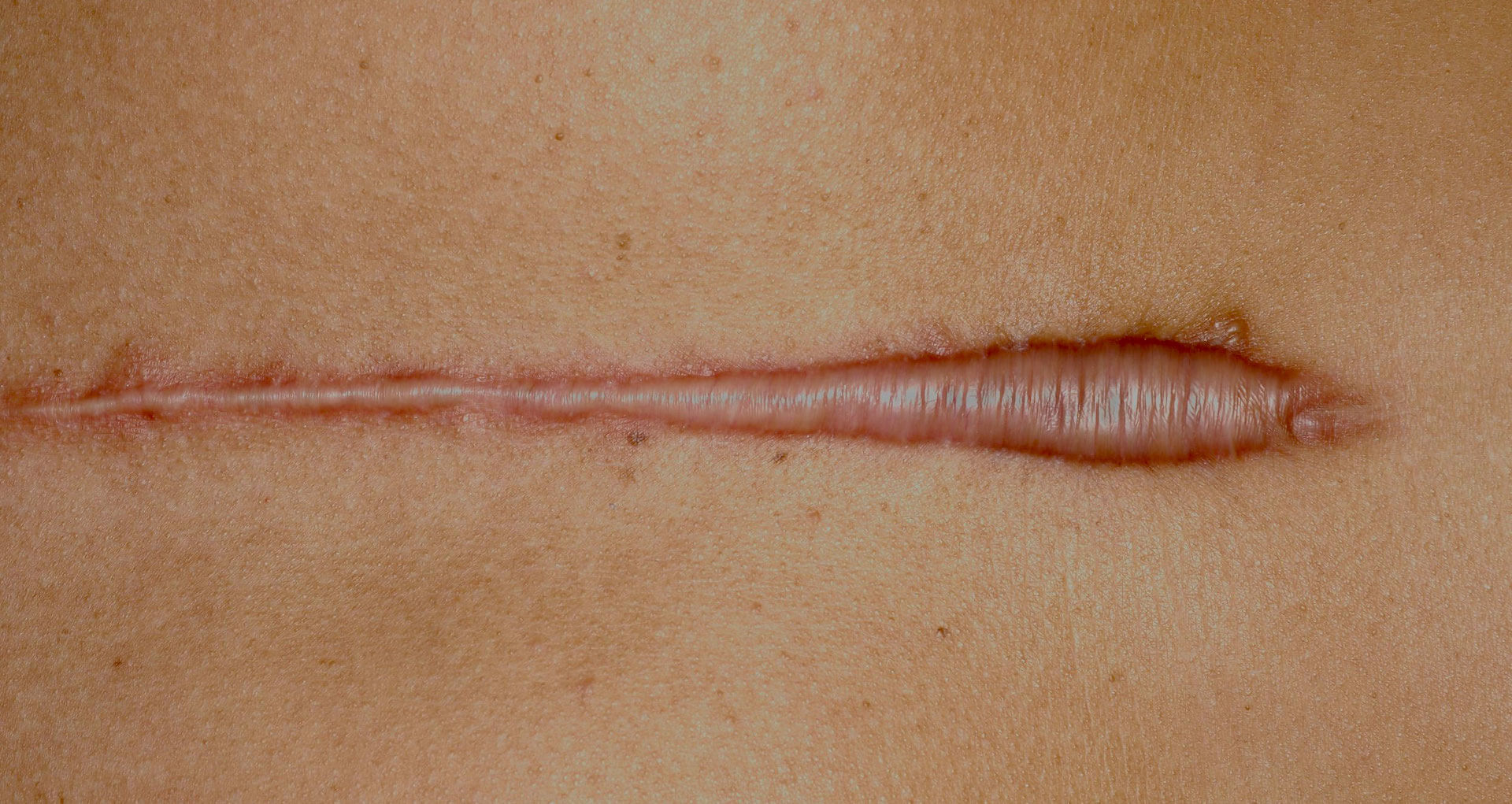Scars that have formed on the body after acne, various injuries, or surgeries can be a significant aesthetic problem for people and thus a significant reduction in self-esteem.
Wound healing takes place in three phases: inflammatory, proliferative and remodelling. Scars are divided into normal and pathological. In the skin, only very superficial injuries, affecting only the superficial papillary layer of the dermis, can heal without scarring.
What types of scars are suitable for surgical correction?
Scars are divided into 3 categories:
- Hypertrophic scars (raised) - are formed by excessive formation of new skin, which is why they are also called hyperactive. These scars are usually red, thick and hard. They are often itchy or painful and uncomfortable. They tend to rise above the level of the surrounding skin but do not extend beyond the area of the original injury, i.e. their growth is limited by the dimensions of the wound. They usually form within two weeks after the injury.
- Keloid scars (scars protruding through the wound line) - are thick, rounded, forming irregular clumps of scar tissue that spread across the borders of the original lesion. They are often red or darker in colour compared to the surrounding skin. They may also develop later after the injury and also worsen during pregnancy. They form at any age, but tend to develop more quickly in younger people and in people with darker skin. The tendency to form keloids tends to be hereditary.
- Atrophic scars (depressed) - arise if the wound does not heal properly and insufficient new connective tissue is formed. The resulting scar is below the level of the surrounding skin, e.g. acne or chicken pox scars.
Will it be just another scar?
No operation can still be performed without scar formation. In fact, it is only a matter of how the wound is treated, sutured and what kind of scar is created during the operation. However, if you have developed a wound that is unsightly in appearance, we can surgically reshape it so that it is not distracting and only minimally visible.
The procedure is performed on an outpatient basis, using local anaesthesia, during which the necessary amount of scar tissue is surgically removed and then the wound is aesthetically sutured with plastic sutures. After the procedure, the wound is bandaged with a sterile cover, so you do not have to worry about any drainage. The procedure itself takes approximately 30 minutes. However, this depends on the size of the scar.
Stitches are removed at 7 days in the case of a facial scar and 14 days in the case of a body scar. A visit to the surgical outpatient clinic to check the healing of the scar is recommended at 1 month, followed by 3 months and 6 months. Should the scar not heal nicely again, the corticosteroid Diprophos can be applied to adjust the scar to the aesthetically best result.


